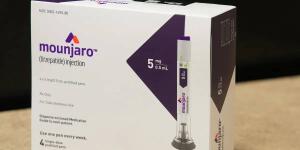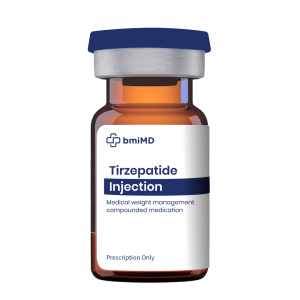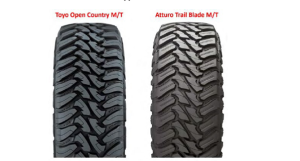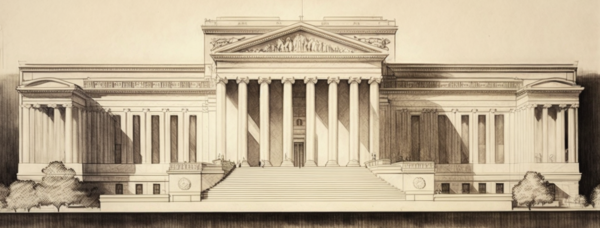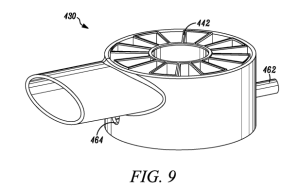by Dennis Crouch
In 2025, the Trump administration is in the process of substantially reducing the federal workforce while also signaling interest in increasing reliance on Artificial Intelligence in federal government operations. In this environment of rapid transformation, where once-unthinkable changes are becoming daily realities, the opportunity for radical reform of government institutions has never, in my lifetime, been more tangible.
Amid this dramatic reshaping of federal operations, I wanted to explore a potential structural reform: allowing patent applicants to obtain pre-filing certification of their applications through rigorous outside examination equivalent to USPTO standards. This certification could then facilitate expedited examination at the USPTO, similar to how the Patent Prosecution Highway (PPH) program operates for international applications, but with important distinctions that could make it more effective. The U.S. patent examination system faces persistent challenges of long pendency times, substantial unpredictability, variable quality despite the USPTO’s continued efforts at improvement, and high costs. Although not without potential serious concerns, the proposal could address many of these elements.
The core idea is straightforward:
Before filing, applicants would submit their application to a certification entity that would conduct a thorough prior art search and patentability analysis. There may be a certification process – that requires the entity to meet quality metrics parallel to those used by the USPTO internally. Applications certified as meeting patentability requirements would then be eligible for highly streamlined USPTO registration process.
Although AI tools would not be a required element of this process, I expect that they would be integral to the process of both certification entities and patent applicants seeking to navigate this new system effectively. Modern AI systems, particularly those built on large language models and specialized patent examination databases, could dramatically enhance the preliminary examination process by identifying relevant prior art, conducting an analysis for both anticipation and obviousness, suggesting claim amendments, and flagging potential §112 issues. Leaving quality aside for a moment, the benefit of the AI system is its potential cost effectiveness and its timeliness. In particular, this process could compress the examination process into a single day rather than the multi-year scenario that 95% of applicants face.
While this proposal is primarily a thought experiment, its greatest value may be in demonstrating how AI-driven preliminary analysis and immediate feedback could be implemented within the USPTO’s existing framework to improve patent examination. (more…)



